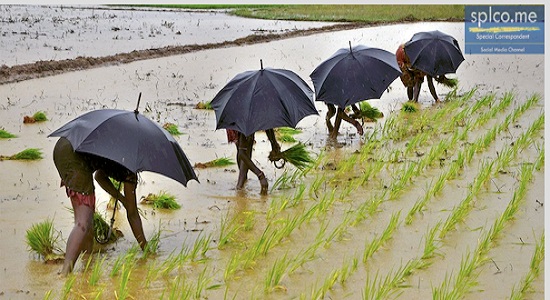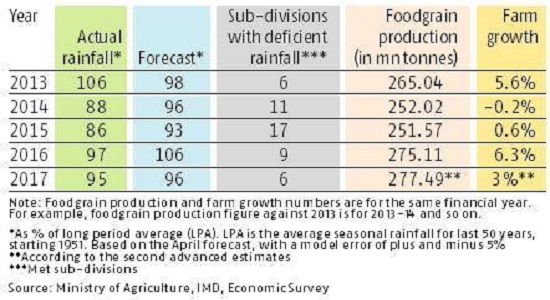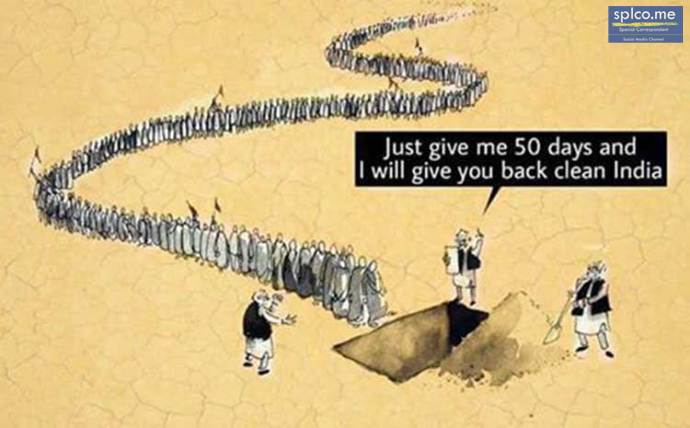Releasing its first forecast for the southwest monsoon, the India Meteorological Department (IMD) said rainfall in June-September was projected at 97 per cent of the long period average (LPA), with a model error of plus and minus 5 per cent.

The LPA is average rain across the country from 1951 to 2000, estimated to be 89 cm. The monsoon is considered normal at 96-104 per cent of the LPA.
“El Niño, generally associated with low rainfall, is expected to be weak during the start of the monsoon season in June. The Indian Ocean Dipole (IOD), another critical factor influencing the monsoon, is also projected to be weak but will occur only at the later stages. Also, most global monsoon models are predicting ‘normal’ rainfall for India this year,” said IMD Director-General K J Ramesh.
He said there was a 42 per cent chance of rainfall being normal this year, and a 30 per cent probability of it being below normal.
El Niño is a warming of the sea surface along the equatorial Pacific Ocean. In the IOD, the sea surface in the western Indian Ocean becomes alternately warmer and cooler than the eastern part.
The IMD will update its forecast in June, when it issues region-wise forecasts. Officials said the preliminary indications were that rainfall could be fairly distributed across most parts of the country, barring south and northeast India. The IMD also said there was ‘low probability’ of rainfall being deficient this season.

Encouraged by the forecast, Agriculture Secretary S K Pattanayak said foodgrain production might surpass this year’s estimated record high of 277.49 million tonnes (mt).
“The normal monsoon will boost kharif sowing, which starts in June,” he added.
Any slight deficiency of rainfall in the southern peninsular and north-eastern regions for a month would recover, he felt.
Pulses and paddy are among the main crops grown in south India. For the 2017-18 crop year, which ends in June, the agriculture ministry has pegged overall food grain output at 277.49 mt against 275.11 mt last year.
In its recent monetary review, the Reserve Bank of India (RBI) stated overall food inflation should remain under check, on the assumption of a normal monsoon and effective supply management by the government. Consumer price index-based food inflation dropped to 2.81 per cent in March from 3.26 per cent in the same month the previous year.
“Good rainfall is a prerequisite for industries such as agrochem, fertilisers, seeds and irrigation equipment. Industries such as sugar, edible oils, other food products and textiles are directly affected by the monsoon. Rainfall needs to be monitored closely as we approach the season,” said Madan Sabnavis, chief economist, CARE Ratings.
Earlier this month, private weather forecasting agency Skymet said rainfall in 2018 would be at 100 per cent of the LPA. It also said that there was zero possibility of nationwide drought or deficient rain, when the total cumulative seasonal rainfall across the country falls below 90 per cent of the LPA.
“These are early forecasts. Timely arrival of the monsoon, followed by healthy monthly and regional distribution, will be crucial,” ratings agency CRISIL said.
It added for 2018-2019, agricultural growth would be 3 per cent, the same as in the previous financial year.
As for gross domestic product growth, its forecast is 7.5 per cent, up from 6.6 per cent in 2017-18.
ICRA Principal Economist Aditi Nayar expected agricultural GVA growth to be modest at 3-3.5 per cent in 2018-19, if the temporal and spatial distribution of the monsoon was normal.














